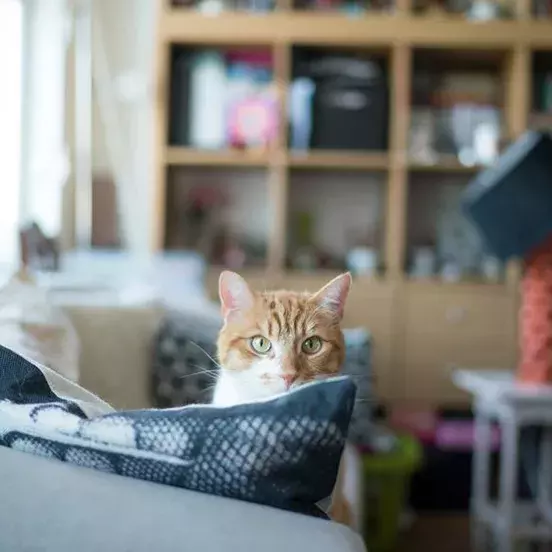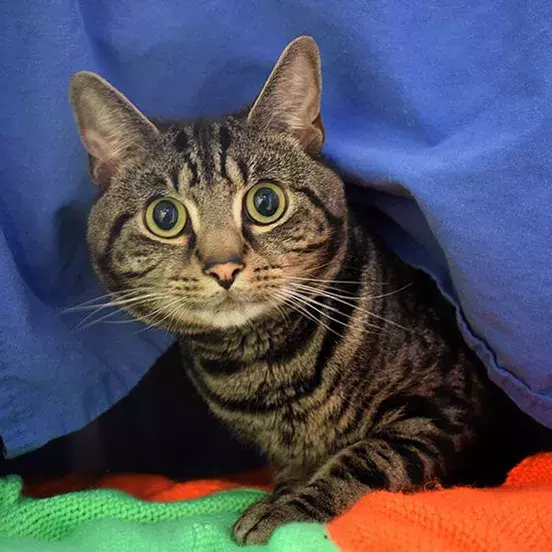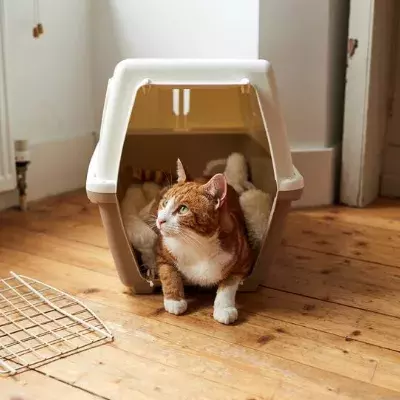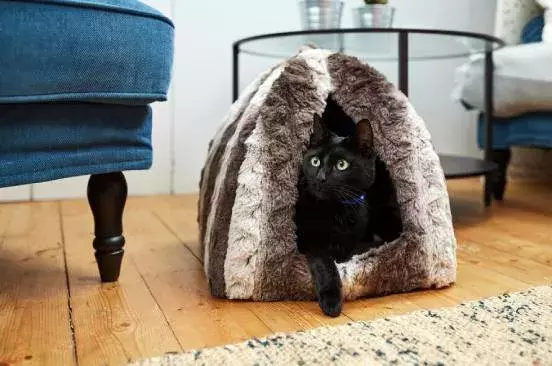If you have a shy or sensitive cat, visits to the vets can be stressful for both you and them. Here are our top tips for taking some of the stresses out of a vet trip for a nervous cat.
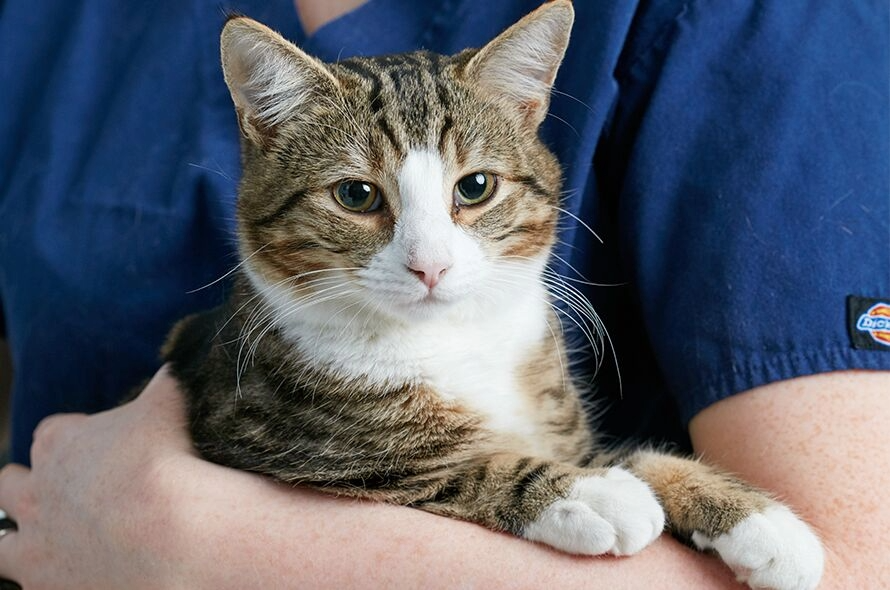
Choose a safe and secure carrier
We would recommend a secure carrier made from a solid material such as hard plastic and which allows the top half to be removed. This type of carrier is easier for cleaning, better protects your cat from injury if the carrier is accidentally dropped and is also secure enough to prevent the cat from escaping.
Cover the carrier when travelling
Covering the outside of the carrier with a thin sheet, fleece or blanket that smells of home during the journey will make your cat feel safe and less exposed. You can also spray the blanket with a calming synthetic pheromone spray like Feliway® 20 minutes before you set off to help reassure your cat that everything is okay.
Get your cat used to the carrier when they don’t need to use it
Instead of putting the carrier away after each trip it can help to leave the carrier out in the house with the door removed and a blanket draped over the top when not in use. This will help your cat get used to its presence, and its smell, and your cat could even use it as a comfy bed. If the carrier is only brought out when the cat needs to go to the vets or on a journey this may make them more sensitive to the sight of the carrier as they will only associate it with something negative.
Use treats to build a positive association with the carrier
If you keep the carrier around for your cat between visits you can also place your cat’s favourite treats in the carrier regularly to encourage the cat to go into the carrier and to help your cat see the carrier as something positive. It will then be less stressful when it’s time for your cat to go in the carrier as hopefully your cat will then choose to go into the carrier themselves and you can just shut the door quietly and calmly behind them.
Let your vet know ahead of time that your cat is nervous
The veterinary consultation and examination itself can be very stressful for a cat. A lot of medical checks can be quite invasive, and the cat is also in a new environment with strange people, sights, smells and sounds. If possible, you should allow the cat to come out of the carrier on their own, or remove the top of the carrier so they can be examined in the bottom half. Informing your vet that your cat can be nervous when you make the appointment will also mean that they can put supportive measures in place to make the experience less stressful for your cat.
Ask your vet if they are ‘Cat Friendly’
Some vets offer what are known as ‘Cat Friendly’ clinics which are designed to reduce stress for cats. This makes vet visits more positive for cats and easier for their owners as well. Some are cat-only clinics, whereas others care for cats and dogs and other species too and so may have separate waiting rooms for cats and dogs. However, if your vet doesn’t have a separate waiting room or area, then sitting as far away from any dogs or other cats as possible will help, as well as keeping a blanket draped over the carrier to help your cat feel safe. Whilst you’re waiting, you can also place your cat’s carrier off the floor on a chair or on any shelves specially provided for waiting cats in their carriers.
You can use this link to find Cat Friendly Clinics near you.
